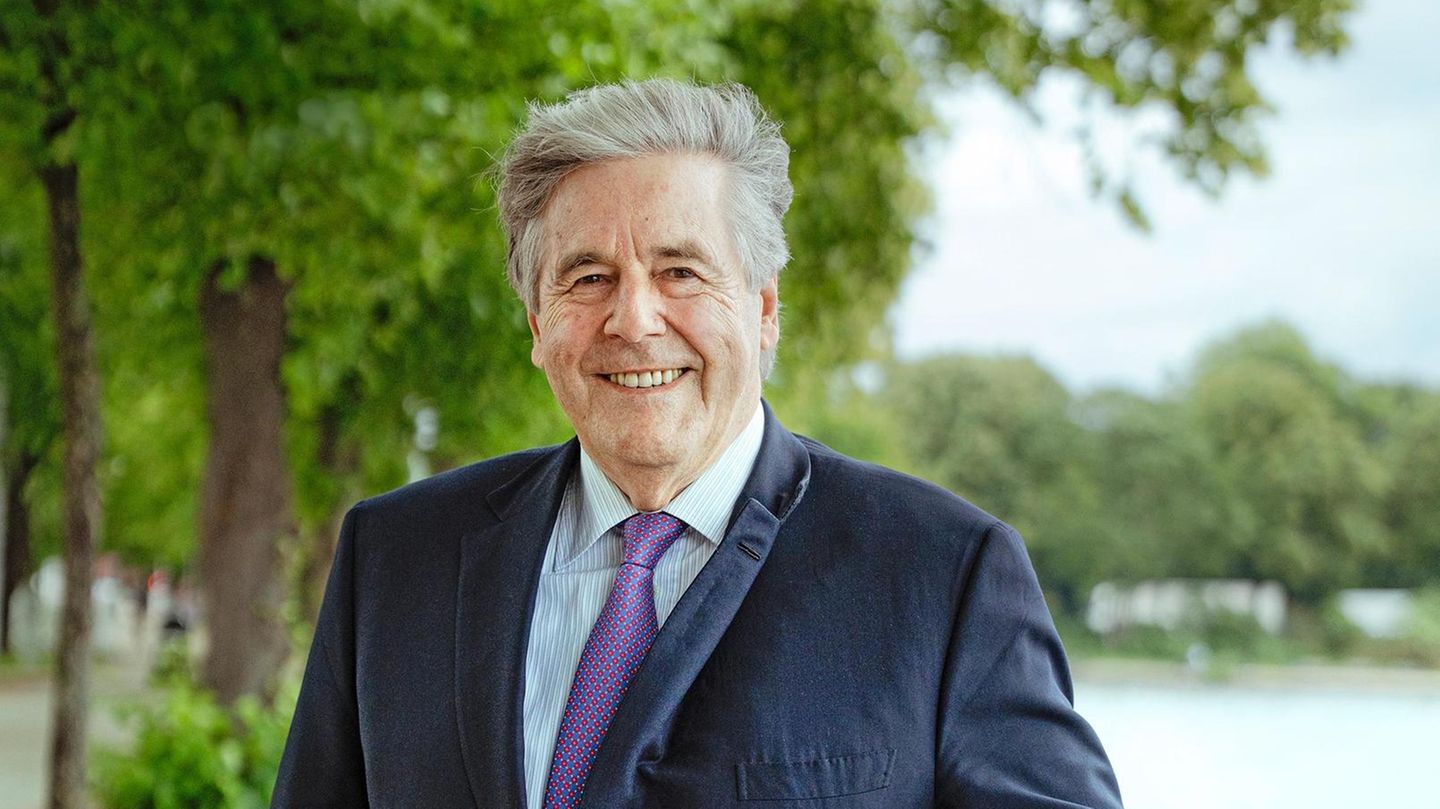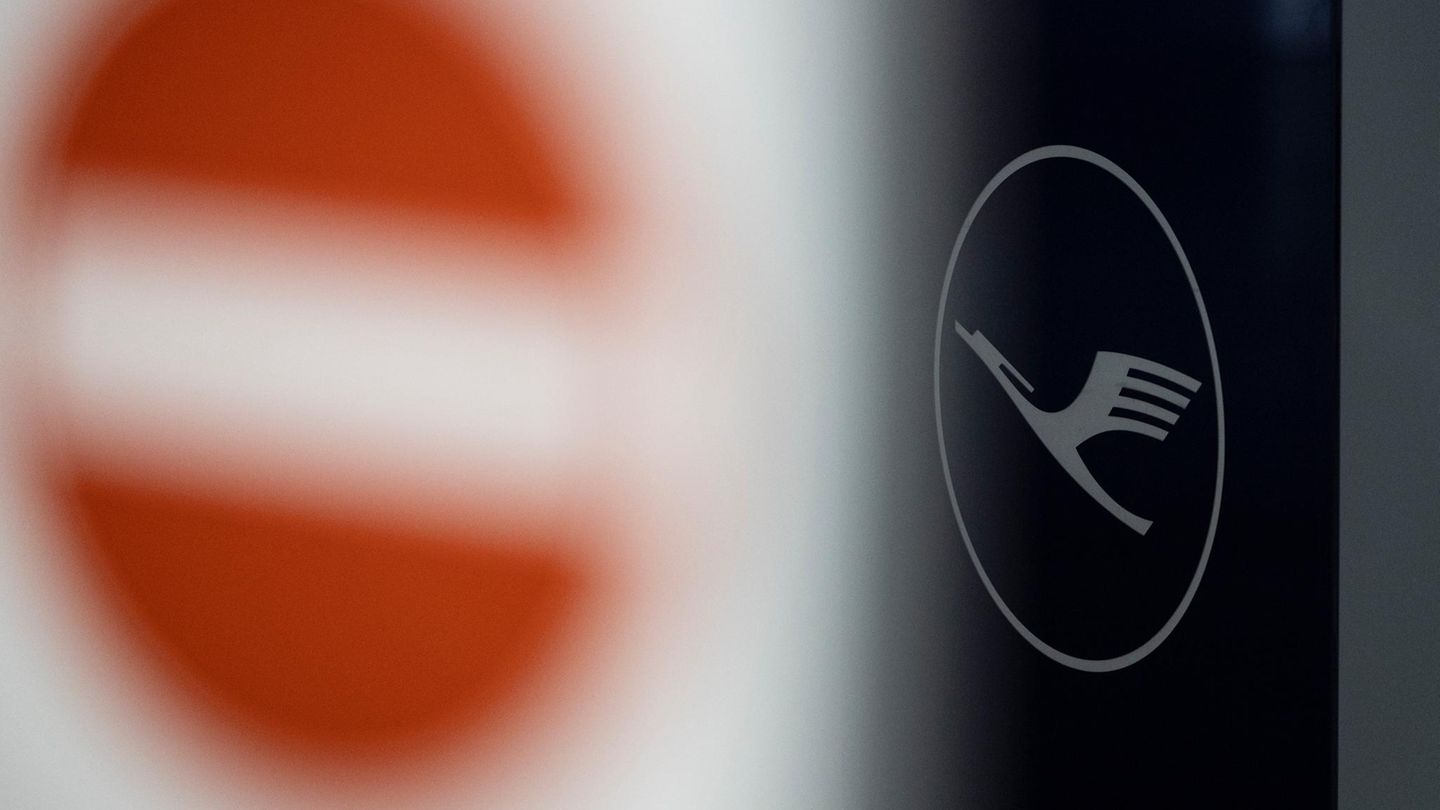Wholesale prices for natural gas continue to rise. At the same time, the storage tanks in Germany are significantly less full than usual before the heating season. This is not good news for private households.
Almost every second household in Germany heats their apartment with gas. That could get more expensive this winter, because wholesale prices for natural gas have been soaring for months.
In many places, consumers are already feeling this. According to the comparison portal Verivox, 32 regional gas providers have announced price increases averaging 12.6 percent for September and October. When heating a single-family house, this leads to additional costs of 188 euros per year.
Gas has become a scarce commodity in the energy markets. In spring 2020, after the start of the corona pandemic, gas prices were in the basement, households could look forward to falling costs. But that has changed since last winter. The import prices for natural gas, which are determined by the Federal Office of Economics and Export Control, rose by 42 percent from January to July alone. On the spot markets, where gas is traded at short notice, the prices for natural gas have actually more than doubled since the beginning of the year. The energy news portal “Montelnews” recently even wrote of “panic” on the gas market.
Experts see a whole range of reasons for the sharp rise in prices. After the economy got back on its feet, global demand has normalized again, explains Fabian Huneke from the consulting firm Energy Brainpool. This is especially true for Asia. The local demand for liquefied natural gas (LNG) also influences the price level in Europe on the closely interlinked natural gas markets.
In addition, the gas storage facilities in Europe have not yet been completely refilled after the comparatively cold winter of 2020/21. In Germany, they are currently less than two thirds full, as can be seen on the operator’s data platform. A year ago the level was a good 94 percent. Even in most of the previous years, the storage tanks were significantly better filled before the start of the heating season than they are now.
The underground storage facilities distributed all over Germany compensate for peaks in consumption, especially in winter. On cold days, up to 60 percent of gas consumption in Germany is covered by domestic storage facilities, according to the industry association Initiative Erdgasspeicher. Around 23 billion cubic meters of gas can be stored in the storage facilities. That is around a quarter of the amount of natural gas consumed annually in Germany.
It cannot be clearly stated why there is currently less gas in the storage facilities than usual. Failures and maintenance work on the gas infrastructure in Europe would have meant “that the gas storage facilities could not be filled as much as usual over the summer,” says Eren Çam from the Institute of Energy Economics at the University of Cologne. The Essen-based energy group RWE also refers to the phasing out of natural gas production in the Netherlands.
The current high price could also play a role, as companies shy away from keeping too much expensive gas in stock. For example, “the market’s assumptions about the further development of prices have meant that less gas has been stored in the feed-in season so far,” says a spokesman for the Düsseldorf energy company Uniper, which has the largest storage capacity in Germany, which is currently around 88 percent full is.
Oliver Krischer, Vice-President of the Greens in the Bundestag, has a different explanation. “The situation with the empty Gazprom storage facilities in Germany and Europe may have been brought about deliberately,” he suspects. Through its subsidiary Astora, Gazprom operates the storage facility in Rehden, Lower Saxony, which, with a volume of 4 billion cubic meters, is one of the largest in Europe. Most recently (September 15) the data platform for Rehden showed a fill level of less than 5 percent. Germany is sliding “into a situation with potential for blackmail,” warns Krischer with a view to the approval process for the Baltic Sea pipeline Nord Stream 2.
Kremlin spokesman Dmitry Peskov last week rejected suspicions that the energy superpower Russia had anything to do with the current price rally. Gazprom Germania is keeping a low profile when asked about the reasons for the largely empty Rehden storage facility. Injection and withdrawal quantities were carried out by the customers, a spokesman said on request. “That is why we cannot predict how things will develop in the future.” According to RWE, Gazprom is loyal to the contract. “All of our suppliers and trading partners, including Gazprom, meet their delivery obligations,” emphasized a spokesman.
Does Germany threaten a gas shortage in winter? Krischer believes this is possible: “If it gets really cold in February, important storage facilities are empty and Nord Stream 2 has not been put into operation, regional bottlenecks can occur. Then apartments stay cold and gas-fired power plants have to be switched off, ”fears the Green politician.
The storage industry association also warns. “If the gas storage tanks are not sufficiently filled, gas supply interruptions can occur at times of high demand,” says Managing Director Sebastian Bleschke. At the moment, however, there is no risk of a supply gap.
There is no all-clear for consumers when it comes to prices. On the contrary: “We expect a bigger wave of gas prices this autumn,” says Verivox energy expert Thorsten Storck.
Jane Stock is a technology author, who has written for 24 Hours World. She writes about the latest in technology news and trends, and is always on the lookout for new and innovative ways to improve his audience’s experience.




